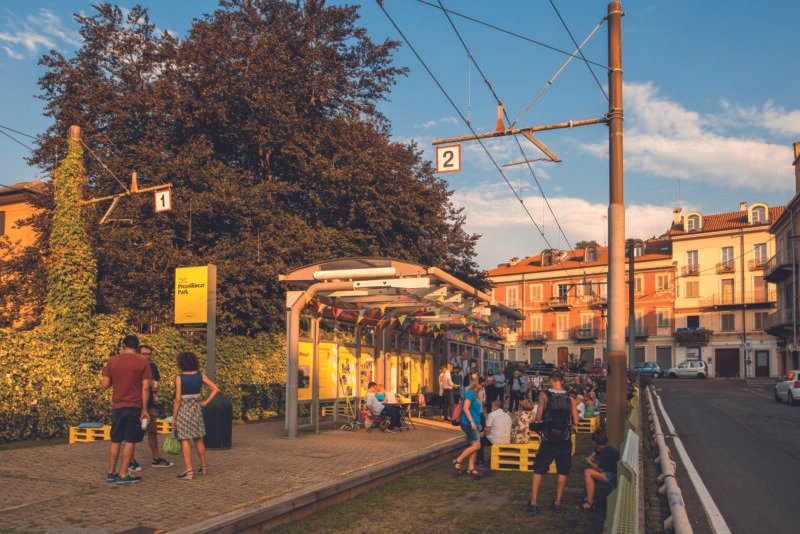Oakland’s Pop-Up Neighborhood

As of today, pop-up projects have always been small private initiatives on the scale of a shipping container or temporary shop. These initiatives are interesting, but not exactly the interventions that change a complete city or neighborhood to a better. A very interesting question is whether or not the pop-up trend can become a strategy that really brings change to cities and neighborhoods, starting with temporary interventions. How can pop-up developments become a comprehensive strategy for urban regeneration?

An interesting initiative that explores pop-up opportunities has been launched in Oakland in September, 2011. Sarah Filley and Alfonso Dominguez started their so-called Popuphood, an urban initiative that aims to bring retail to Old Oakland by offering six months of free rent to entrepreneurs. The idea is simple but effective. Old Oakland, a historic district in downtown Oakland, faces a lot of vacancy (like many other cities). By giving starting enterprises the opportunity to use these vacant spaces, the area will become more livable and other entrepreneurs will be interested in renting spaces here. The Popuphood project is able to offer this six months free rent thanks to a set of cross-sector partnerships. In addition, the Popuphood initiative’s marketing efforts help to rebrand the neighborhood.

Since Jane Jacobs’s writings on about cities and their livability elements, each city planner should understand that the energy comes from committed people and not from real estate developers that leave their properties vacant for their own good. The idea to use soft urban impulses to catalyze regeneration is not that special, but to really get this project running is a huge performance. All stakeholders involved have to understand that temporary initiatives are able to refresh a neighborhood, and that’s pretty hard. We have already spent almost 1,000 blog articles on this matter.
Wanna learn more about Popuphood? Check out Eva Kolenko’s inspiring web documentary on the initiative:



